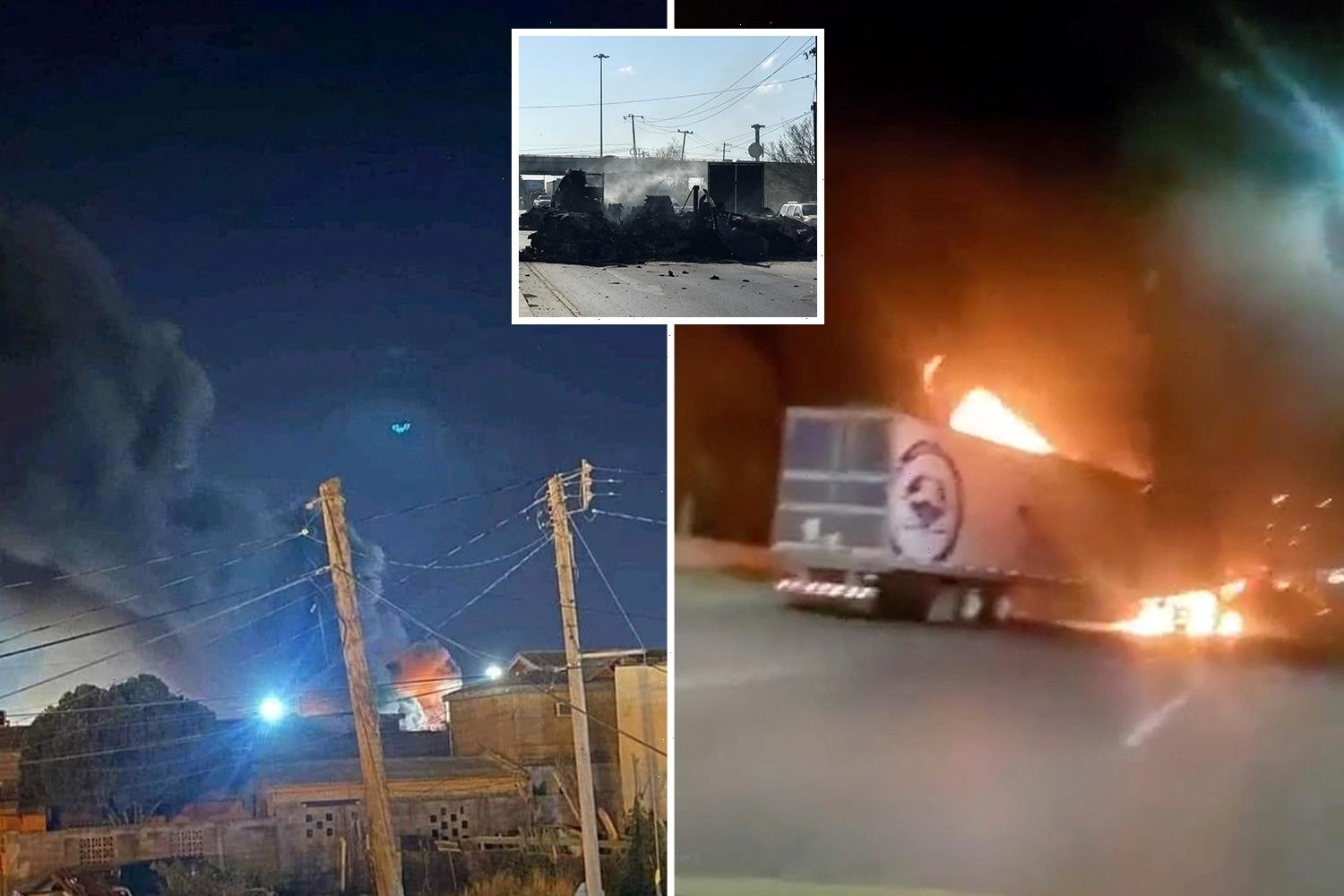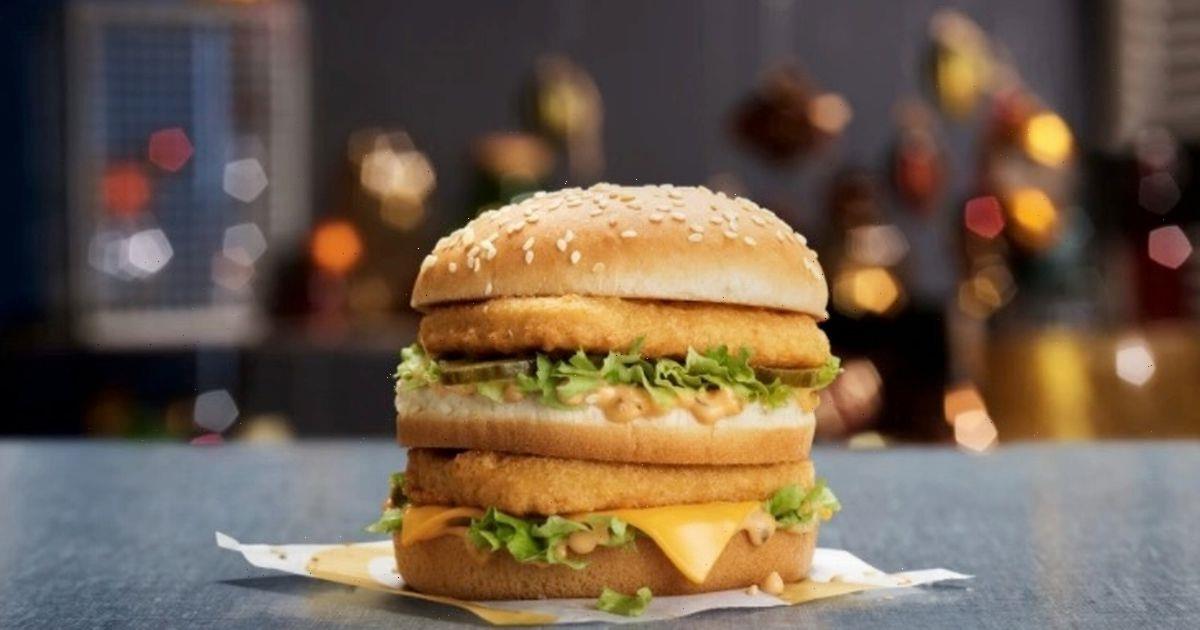Minnesota resident George Campbell handled the 2021 California funeral arrangements for his parents, who died the same day at age 96, after 75 years of marriage. Barred from traveling by COVID-19 restrictions, he did the work by computer and phone.
Then came the hard part, complicated by difficulties with his parents' estate – obtaining the Federal Emergency Management Agency's $9,000 death benefit for coronavirus deaths. That took roughly three months.
"It was a complicated process," said Campbell, 76, who is retired from a magazine journalism career writing about computers and consumer issues. "I remember thinking that a lot of people aren't going to be able to navigate this."
Many aren't even trying.
Only eleven U.S. states had an application rate of 50% or higher for the FEMA benefit compared with their respective COVID-19 death totals as of mid-February, a USA TODAY analysis found.
The average nationwide application rate was just under 48%, the data showed. North Carolina ranked the highest, at 63%, and Arizona came in the lowest at 27%.
Why isn't America, where everyone loves a bargain, seeking a federal benefit aimed at providing financial relief at a time of deep emotional loss?
"We know that we need to reach more people," said Jaclyn Rothenberg, FEMA's director of public affairs.
The agency also said in a written statement that people over age 65 "typically have funeral/burial insurance or prepaid for their funeral." Potential applicants received death benefits from other sources, while some don't meet citizenship or other requirements for the benefit, FEMA said.
Additionally, some people "do not want to reopen the emotional wound caused by the death by gathering required documentation and applying for assistance," said FEMA.
In all, 55% of Baby Boomers, those born between 1946 and 1964, have life insurance, which often includes final expenses coverage, said Catherine Theroux, director of public relations for LIMRA, a not-for-profit trade association that provides research to hundreds of financial services companies. "That is the number one reason people say they buy life insurance," she said.
However, FEMA's estimate about life insurance coverage doesn't ring true to Frederick Allen, office manager for Monroe Mortuary Services, a Black-owned business in Polkton, North Carolina. In his experience, many African-Americans don't have funeral insurance or pre-arranged funeral plans.
.oembed-frame {width:100%;height:100%;margin:0;border:0;}
Others cite a different reason for the low application rates – general public unawareness about the funeral benefit – despite an extensive publicity campaign undertaken by FEMA.
"I think the number one reason is people don't know about it," said Ed Michael Reggie, founder and chief executive officer of Funeralocity.com, an online company with comparison prices for every U.S. funeral home and crematory. He also cited an anticipation of red tape in the FEMA application process and added, "some people are daunted" by the program.
Applicants endured long waits getting through to FEMA representatives when the program opened last year, but the agency has since improved its performance, said Reggie.
How it works
Funded by federal appropriations enacted in 2021, the FEMA program pays for COVID-19 funeral-related costs incurred on or after Jan. 20, 2020, when the pandemic began ravaging the U.S.
Applicants who ran up funeral expenses for more than one COVID-19 death may receive up to $9,000 per deceased individual and a maximum of $35,500 per application.
However, people who pre-paid funeral expenses or had funeral insurance are not eligible.
Applicants must have a death certificate that shows the death occurred in the U.S. including American territories. If the death occurred between Jan. 20 and May 16, 2020, applications must include a signed statement from the original certifier or the local medical examiner or coroner listing COVID-19 as a cause or contributing cause of death.
Death certificates dated on or after May 17, 2020, must state that COVID-19 directly or indirectly caused the death.
Applicants must be a U.S. citizen, a non-citizen national, such as a green-card holder, or a qualified alien who incurred the COVID-19 funeral expenses.
Typical expenses eligible for the FEMA benefit include funeral services, casket or urn, burial, interment, burial plot or cremation niche, headstone or marker, clergy or officiant services, use of funeral home equipment or staff, costs of producing and certifying copies of death certificates and payments required by local or state ordinances.
The U.S. median cost of a funeral with a viewing and burial in 2021 was roughly $7,848, according to data from the National Funeral Directors Association. The median cost of a funeral with cremation was approximately $6,971, the data showed.
Electronic applications are not allowed. Instead, applicants should contact FEMA by calling 844-684-6333, a toll-free number, Mondays to Fridays from 9 a.m. to 9 p.m. eastern time. FEMA representatives will assist with the application process, and answer questions.
FEMA will issue application numbers and mail letters that specify the documents needed to complete the applications.
.oembed-frame {width:100%;height:100%;margin:0;border:0;}
There's no deadline for applications, so people who racked up expenses for COVID-19 deaths earlier in the pandemic may still apply. That doesn't necessarily mean the process will be easy.
Campbell said he had saved funeral receipts for his parents, scanned them, and uploaded them to a computer for easy access and transmittal. But he encountered problems, both from his parents' estate, and FEMA.
One of his parents' bank accounts was named in trust documents, without the bank being notified. Clearing that up required a lot of paperwork, and a court hearing, said Campbell.
FEMA representatives were helpful, he said. However, they initially didn't understand that his father died from COVID-19, while his mother died of Alzheimer's disease, said Campbell, who provided the required documentation.
Allen, the Monroe Mortuary office administrator, said FEMA representatives twice said the agency had not received documents the company had faxed to the agency on behalf of clients who sought help with the applications. It took eight weeks or longer for the clients to receive the funds, he said.
Campbell, asked to sum up the process, said: "Everybody seemed to be as efficient as any government agency can be."
Nonetheless, he suggested that FEMA should do more outreach to alert people about the benefit.
"I don't remember seeing anything about it in the newspaper or on television," said Campbell.
FEMA said the agency has translated web pages about the funeral benefit into 13 languages, and has translated one-page informational fliers into 29 languages. As of Feb. 13, FEMA's COVID-19 funeral assistance web pages had received nearly 6 million page views, the agency said.
A national outreach effort in communities with high numbers of COVID-19 deaths and lower than average application rates is planned this spring, said FEMA. The agency is holding information sessions with African American, Latino and Asian-Pacific Islands communities, and a contractor will reach out to specific news organizations.
"We need the media to help," said Rothenberg.
That may not be enough, said Reggie, the Funeralocity CEO.
"I don't know how they can get a megaphone and holler louder than everything else that's happening in the news," said Reggie. "That's what they may need."
This article originally appeared on USA TODAY: Federal funeral benefits for COVID-19 victims available, but obscure
Source: Read Full Article


